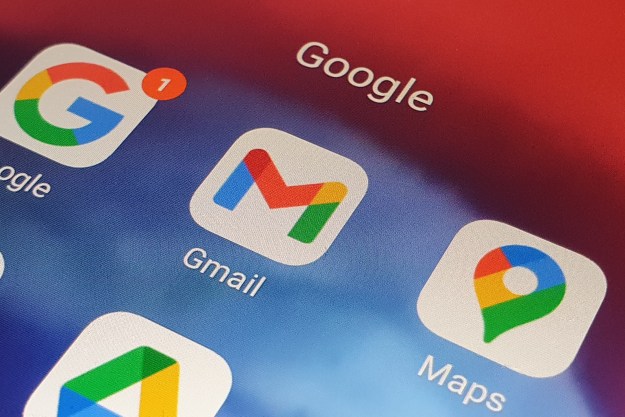
Updated on 03/28/2016 by Julian Chokkattu: Added news of the feature coming to desktop.
The feature was unveiled for all major browsers on iOS and Android last December, and now three months later it’s finally coming to your desktop.
It works like this: Say you search for something like “bob hairstyles.” After finding a picture you like, all you have to do is click on it, and hit save on desktop or mobile, and the photo will be added to your collections. The next time you need it, head over to google.com/save (mobile works too) and you’ll find all your saved images there for quick access.

You can also tag each photo, allowing you to categorize your saved images easily.
You need to be logged into a Google account to save images so that you can access them in your collections. This requirement may also lead the company to pair this feature with Collections, which launched for Google+ earlier this year, at a later date. Collections let users dedicate a Google+ page to the topic of their choosing, and allows people to follow it.
“For example, if your yard is in need of some spring re-planting, just go to your desktop, search for an image and tap the star to save your potential new flowers, bushes, or even swimming pools, said Mark Colbert, software engineer at Google Search, in the blog post announcement. “When you’re at the store ready to start buying, you’ll be able to pull up your saved images on your phone and start building your perfect yard.”
The feature is only available in the United States, and it’s unclear when the search giant will make it available worldwide.
Editors' Recommendations
- Whatever you do, don’t buy the Google Pixel 7a right now
- Google now lets you know the best time to book a cheap flight
- You can now try out Google’s Bard, the rival to ChatGPT
- Here’s why you need to update your Google Chrome right now
- Google will soon let you repair your Pixel phone yourself



